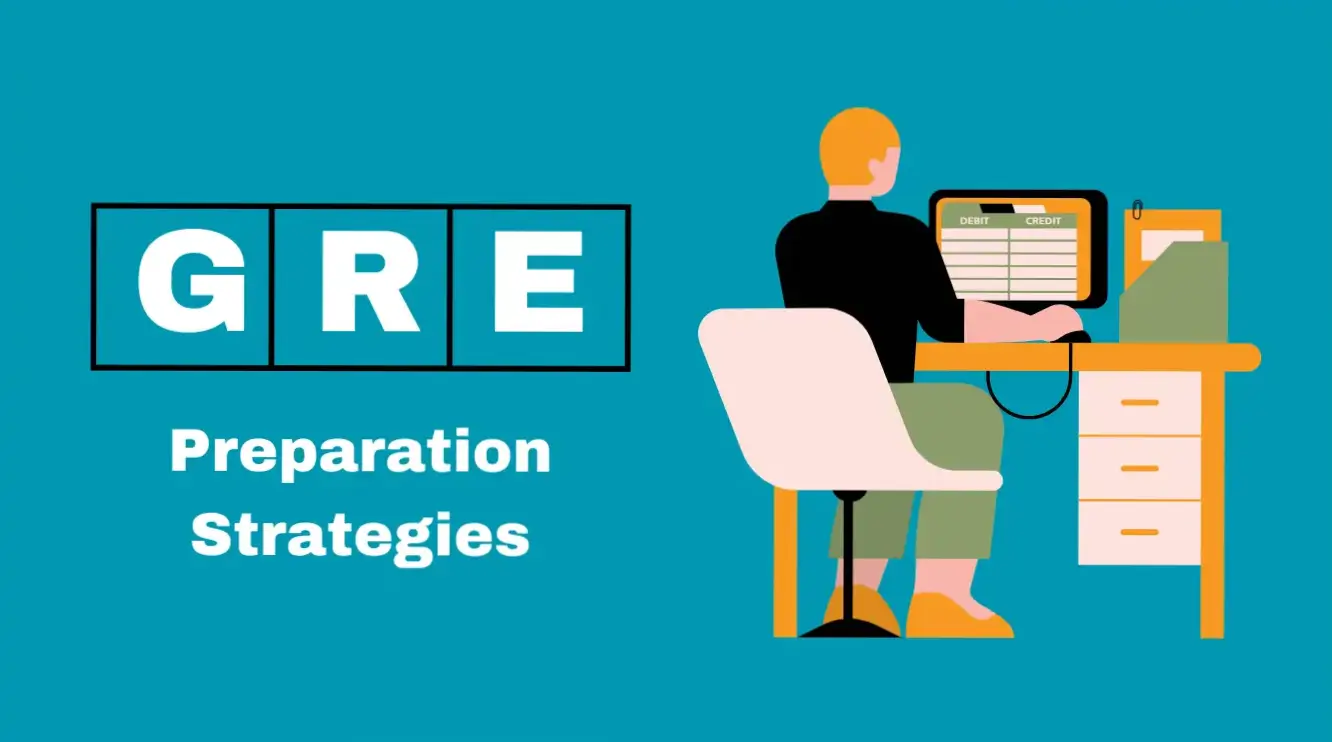The Graduate Record Examination (GRE) is a critical step for students aiming to pursue postgraduate studies abroad, especially in the US, Canada, and Europe. Excelling in the GRE requires a blend of strategy, time management, and consistent effort. This blog will walk you through a detailed roadmap to ace the GRE.
1. Understand the GRE Structure
Before diving into preparation, familiarize yourself with the GRE format. The exam consists of three main sections:
-
Analytical Writing (AWA): Two essays—"Analyze an Issue" and "Analyze an Argument."
-
Verbal Reasoning: Focuses on reading comprehension, text completion, and sentence equivalence.
-
Quantitative Reasoning: Tests basic math concepts like algebra, geometry, data interpretation, and arithmetic.
-
Experimental/Unscored Section: This may appear as an additional Verbal or Quant section.
Knowing the structure helps you allocate time effectively during the test.
2. Set a Target Score
Research your target universities and programs to identify the required GRE scores. For example:
-
Top-tier universities: Aim for 320+ (Verbal 160+, Quant 160+).
-
Mid-tier universities: 300-320.
-
Specific programs: Engineering programs prioritize Quant, while humanities focus more on Verbal.
Setting a goal will keep you motivated and focused.
3. Create a Study Plan
A structured study plan is key to consistent preparation. Here’s how to organize your time:
Step 1: Assess Your Current Level
-
Take a diagnostic test (free ones are available on ETS, Kaplan, and Manhattan Prep).
-
Identify your strengths and weaknesses.
Step 2: Divide Your Preparation Timeline
-
3-6 Months Plan:
-
First Month: Focus on understanding concepts.
-
Second and Third Month: Practice extensively with sectional tests.
-
Last Month: Focus on full-length mock tests and timing.
-
-
1-2 Months Plan (Accelerated Preparation):
-
Dedicate time to key weak areas while balancing mock tests and practice.
-
Step 3: Weekly Goals
-
Allocate specific days for each section: Verbal, Quant, and AWA.
-
Reserve weekends for mock tests and performance analysis.
4. Master Verbal Reasoning
Verbal Reasoning can be daunting, especially for non-native English speakers. Focus on these strategies:
Text Completion and Sentence Equivalence
-
Expand your vocabulary using resources like the Magoosh Vocabulary Builder, Manhattan 500 Essential Words, or the Barron’s 333 High-Frequency Word List.
-
Practice identifying contextual clues in sentences.
Reading Comprehension
-
Read articles from The Economist, The New York Times, or academic journals to improve comprehension.
-
Practice summarizing paragraphs in your own words to retain key ideas.
General Tips
-
Break down complex sentences into simpler parts.
-
Focus on eliminating incorrect answer choices rather than finding the "perfect" answer immediately.
5. Ace Quantitative Reasoning
Quantitative Reasoning tests basic math concepts but in tricky ways. Use these strategies:
Understand Key Topics
-
Arithmetic: Ratios, percentages, fractions.
-
Algebra: Equations, inequalities, quadratic equations.
-
Geometry: Angles, triangles, circles, coordinate geometry.
-
Data Interpretation: Charts, graphs, and tables.
Strengthen Fundamentals
-
Revise basic formulas and concepts. Create a formula sheet for quick reference.
-
Use platforms like Khan Academy for concept clarification.
Practice Word Problems
-
Read questions carefully to avoid misinterpretation.
-
Practice translating word problems into equations.
Time Management
-
Skip time-consuming questions initially and return later if time permits.
-
Aim to complete the section with 5-7 minutes for review.
6. Conquer Analytical Writing (AWA)
Though unscored, AWA is still crucial for showcasing your analytical and writing skills. Here’s how to prepare:
Structure Your Essays
-
Analyze an Issue:
-
Take a clear position on the issue.
-
Provide examples to support your viewpoint.
-
-
Analyze an Argument:
-
Critique the argument logically without presenting your own opinion.
-
Focus on identifying flaws or assumptions.
-
Practice Writing
-
Write 2-3 essays weekly and get them reviewed by peers or tools like Grammarly or ETS ScoreItNow.
Use Templates
-
Create a general template for your introduction, body paragraphs, and conclusion for both essay types.
7. Take Mock Tests
Mock tests are indispensable for understanding the test’s pacing and identifying weak areas.
-
Use official ETS practice tests as they mimic the real GRE.
-
Analyze each test: Focus on incorrect answers and understand why you got them wrong.
-
Gradually reduce the gap between practice tests to build endurance.
8. Focus on Time Management
During Preparation
-
Use timers while practicing individual sections.
-
Gradually improve your speed without compromising accuracy.
On Test Day
-
Allocate specific time for each question. Don’t spend more than 2 minutes on a single question.
-
Use the "mark and review" feature to revisit skipped questions.
9. Additional Resources
Invest in the right preparation material:
-
Official GRE Guide by ETS (includes practice tests).
-
Manhattan 5lb Book of GRE Practice Problems.
-
Magoosh GRE Prep for video lessons and practice.
-
Barron’s GRE or Kaplan GRE Prep Plus.
Use mobile apps like GRE Prep & Practice (Magoosh), Quizlet (for vocabulary), and Ready4GRE.
10. Tips for Test Day
-
Sleep well the night before.
-
Arrive at the test center early to avoid stress.
-
Carry your valid ID and confirmation email.
-
Stay calm and focused—don’t panic if a section feels tough.
Conclusion
Preparing for the GRE is a journey that requires determination, consistency, and strategic planning. By following these strategies and staying disciplined, you can achieve a score that opens the doors to your dream university. Remember, it’s not just about hard work but also smart work. Good luck!
